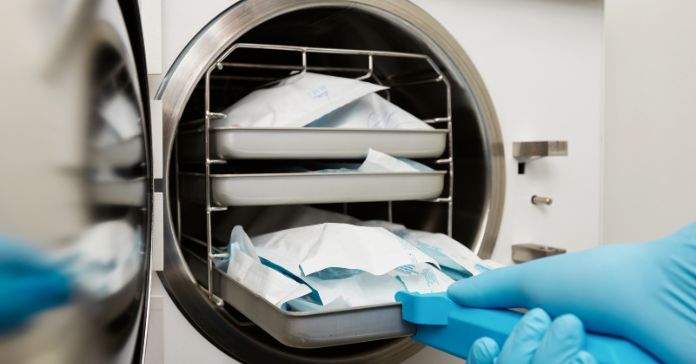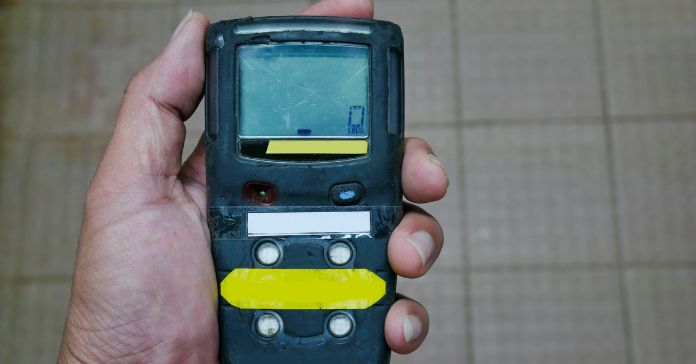
The overall safety of patients is the cornerstone of every medical practice. Therefore, if you’re a healthcare provider yourself, your responsibility extends beyond administering treatment; it also means ensuring your patients are safe every step of the way. We will explore various ways to maximize patient safety within your medical practice. There are numerous strategies you can employ, from fostering a culture of safety to leveraging technology for better patient outcomes. Here’s what you need to know.
Cultivating a Culture of Safety
Creating a culture of safety is essential for any medical practice. It starts with everyone, from the top-level management to the frontline staff, making patient safety a priority in all their actions and decisions. This means not just treating patients but also taking a vested interest in new ways to keep them comfortable and healthy. It’s about making conscious efforts to mitigate risks, prevent accidents, and promote a safe environment for both patients and staff.
Utilizing Technology for Patient Safety
Utilizing technology can significantly enhance patient safety in your medical practice. The use of electronic health records can minimize errors in patient data, provide accurate and timely information to healthcare providers, and facilitate better coordination of care. Telemedicine can improve access to healthcare, especially for patients who may find it difficult or dangerous to travel. Other digital tools like automated medication dispensing systems and bar-coded patient identification can further reduce errors and improve patient safety.
Cleaning Medical Tools Between Appointments
Cleaning tools and devices between appointments is also vital. You must thoroughly clean and sterilize each piece of equipment to prevent cross-contamination and the spread of infections. It’s especially important that you know how to clean reusable medical devices since you’ll be using these tools on multiple different patients throughout the product’s lifecycle. By embracing proven and thorough cleaning practices, you can reduce the amount of bacteria on certain items and protect your immune-compromised clients while they’re in your care.
Adhering to Infection Control Protocols
Another way to maximize patient safety in your medical practice is to comply with infection control procedures. Strict compliance with these measures can greatly reduce the risk of hospital-acquired infections. This involves proper hand hygiene, use of personal protective equipment, safe handling and disposal of sharps and waste, and effective sterilization of instruments and surfaces. By following these protocols, your medical practice can provide a safer care environment for your patients.
Conducting Regular Safety Audits
Conducting regular safety audits is a proactive way to identify potential threats to patient safety and provide opportunities for improvement. These audits involve assessing various aspects of your practice, such as medication safety, infection control practices, and emergency preparedness. The insights gained from these audits can help you pinpoint areas of concern and take necessary corrective actions, thereby continuously enhancing the safety of your patients.
Medical practices must place patient safety at the forefront of their operations in the pursuit of providing excellent healthcare. By doing so, medical practices can significantly reduce risks, prevent accidents, and improve overall patient outcomes. Don’t wait until your own practice starts having problems; take a proactive approach to safety, and your patients will receive much better care.







